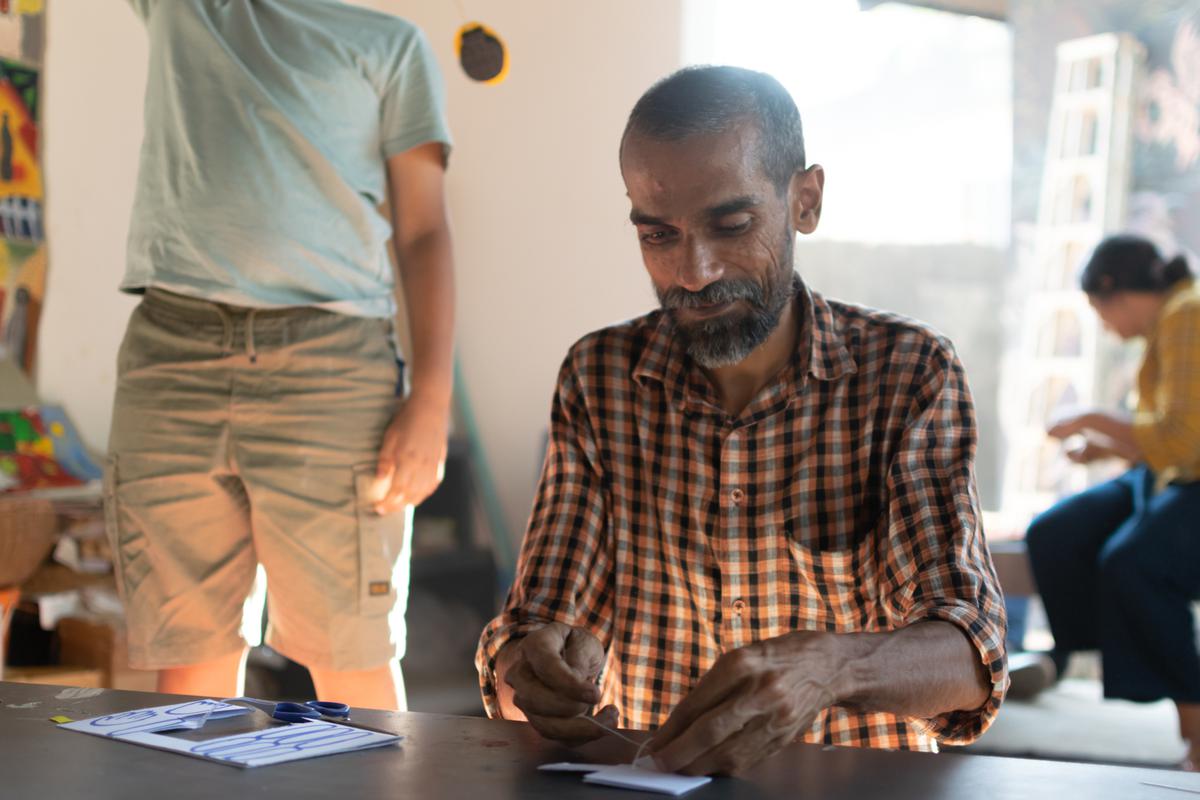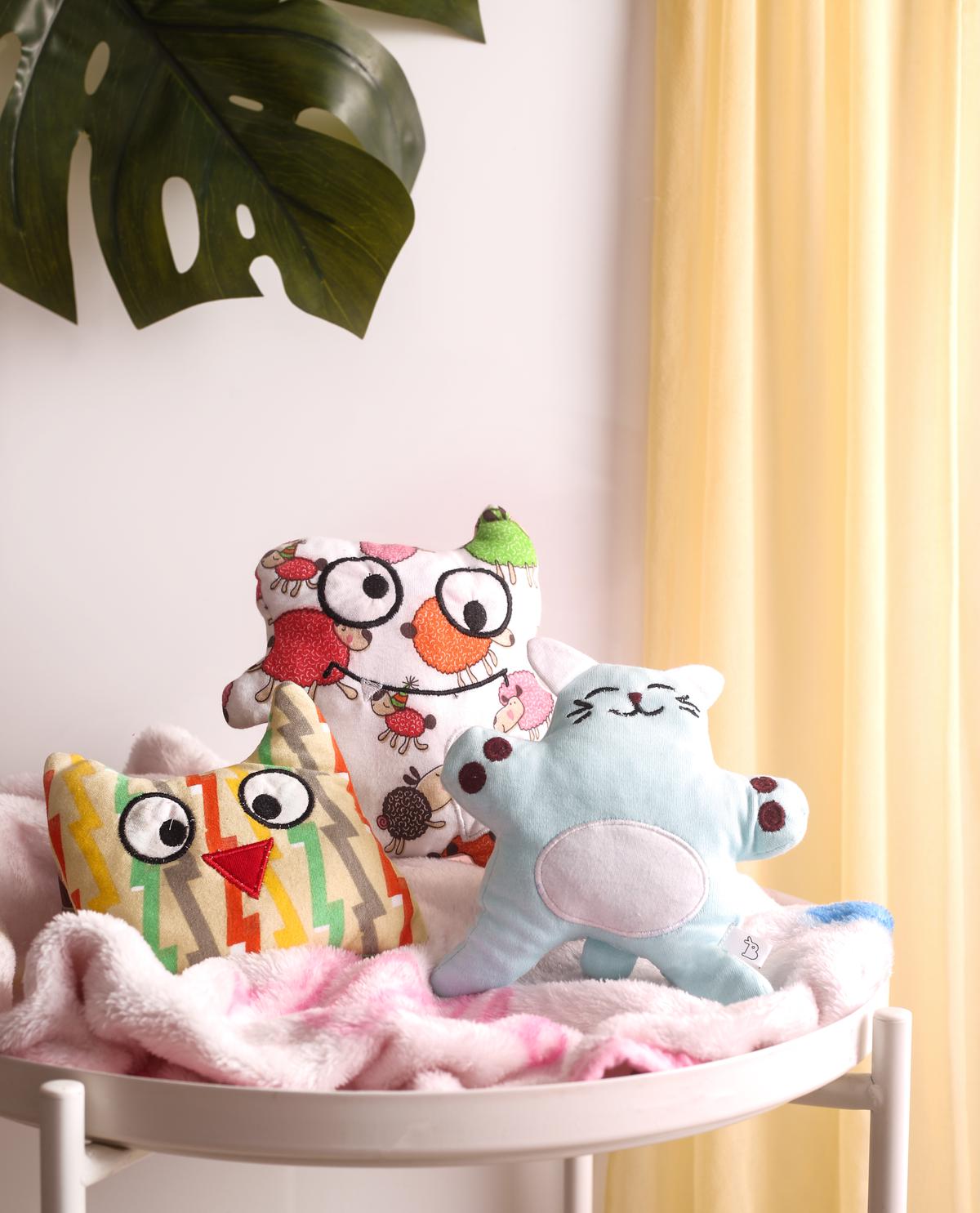Cigarette butts have no place in the nursery. Vipul Bhai disagrees. They have been making toys from trashed cigarette butts since 2018 under Code Effort. Started by Naman Gupta and his elder brother Vipul, the Uttar Pradesh-based enterprise recycles cigarette butts into soft toys, stationery, home decor and more. Decomposed and converted into compostable powder using 100% natural microorganisms. Our composting is aerobic, as opposed to traditional anaerobic processes to ensure that the leachate does not harm the soil and groundwater,” says Naman, adding that recycled fibers are used to fill their toys and other products. which are prepared by them. Local artisans at their Noida factory.
Anyone can voluntarily send/donate cigarette butts for recycling. “We associate with over 2,000 waste pickers across India to collect cigarette butts, and we have created a business model (code association) that involves supplying them to associates (existing network of over 250 districts in India) get money for.” The toys are specifically on order for individuals and corporates, says Naman, who is now developing recycled paper products such as stationery, packaging, and more from recycled cigarette waste paper.
A toy by Code Effort | Photo Credit: Special Arrangement
DIY Expert
A bicycle valve made from matchsticks, a jet car from a plastic bottle, a yo-yo from a CD, a ‘magic’ fan from paper… video tutorials on how to make over 8,500 such toys from waste material are available on scientist Arvind Gupta’s YouTube channel. are trademarks.
Having worked for 11 years at the Children’s Science Center at IUCAA (Inter-University Center for Astronomy and Astrophysics) in Pune, the Padma Shri awardee says the idea of doing crafts, and most importantly teaching children how to make their own toys He came to teach how to make it. Hoshangabad Science Teaching Program of which he was a part in the mid-1970s. “The idea was to make science fun for village children, and using waste materials was the first step.”
He founded Arvind Toys in 2004, where he experimented with a myriad of waste materials such as plastic bottles, newspapers, cartons, etc. sourced from households in Pune. “We do 100 experiments with old plastic bottles, make 20 caps using old newspapers and over 40 toys using cartons,” says Arvind.

Subid KS in a workshop | Photo Credit: Special Arrangement
Subid KS of Ahimsa Toys, who briefly worked with Arvind in 2011, says how the learnings from Arvind have stayed with him ever since. “Use and throw culture is now common and violent toys dominate the market. Ahimsa Toys comes with a powerful message of ‘Reuse and Repair’.”
Every civilization and culture has a history of its toys, and India has an amazing history, explains Subid, who travels the country teaching children the art of making their toys. “Typically, I ask the children to bring commonly found materials in their lives such as a deflated balloon, a used ball pen, etc., adhesive, colors, and a pair of scissors. They are free to look at my toys and play with them for a while. Littering.” Through this process, Subid explains, children are encouraged to be self-sufficient rather than teacher-dependent.

Subid KS | A snapshot of the workshop by Photo Credit: Special Arrangement
clothes fairies
Closer to home, oh in the scrap! Madras – Run by Dominic Lopez and Priyanjoli Basu – a set of toy dolls has been in the works. Dominique, known for designing everything from stationery and home decor with fabric scraps, explains how the team was asked to create toys over a long period of time. “But, it’s not easy to do, especially since we use fabric stuffing,” she says, adding how she identified with designs she liked on social media, “and working with tailors.” done so that they could be brought to life from the picture itself”. “We got the first batch, which was okay, but we knew it could be better, so we improved it with Taylors.” The result is Louise, Lola, Lily and Lolita, designed in vibrant patchwork outfits and long ponytails.
Superbottoms may be a brand synonymous with cloth diapering, but their most recent launch (Nov 2022) includes animal toys, which have been crafted from their extra cloth. Founder Pallavi Utgi explains how scrap fabric could not be used to make garments “as it is too small and inconsistent”, so the team decided to make toys, coin pouches, key chains and other accessories out of these scraps. decided.

Dolls on scrap oh! Madras | Photo Credit: Special Arrangement
She explains that the process of using scraps is actually more complicated than making toys out of fresh clothes and materials. “This is primarily because scrap is usually inconsistent in shape, size, composition and material. Therefore, the first step, after collecting scrap, is to painstakingly sort it into consistent and usable bundles. Later, the team looked for vendors who were willing to get creative with using scrap. “We found a small unit in Tiruppur, run by women from underprivileged backgrounds, who supported us,” says Pallavi. Was ready to give.”
hygiene factor
In line with the upcycling philosophy, the team at Superbottoms recently used old diapers “that were no longer usable by babies” to upcycle them into diaper-shaped keychains. “We are planning to launch mobile pouches, scrunchies, scarves, cloth bibs, coin pouches etc for mothers.”

Toys at Superbottoms | Photo Credit: Special Arrangement
Hygiene is paramount when dealing with babies, says Pallavi, “Used diapers undergo a rigorous industrial washing process before being upcycled, and to be safe, the finished products are not to be used on babies. is done.” Arvind discussed how cans and plastic bottles are thoroughly cleaned before being handed over to children.
But how does the team at Code Effort ensure that the pungent smell of tobacco doesn’t linger on their toys and other products? “We recycle cigarette fibers using biodegradable and organic chemical compositions. After treatment, the material undergoes a quality and laboratory-tested process before further application,” ensures Naman.